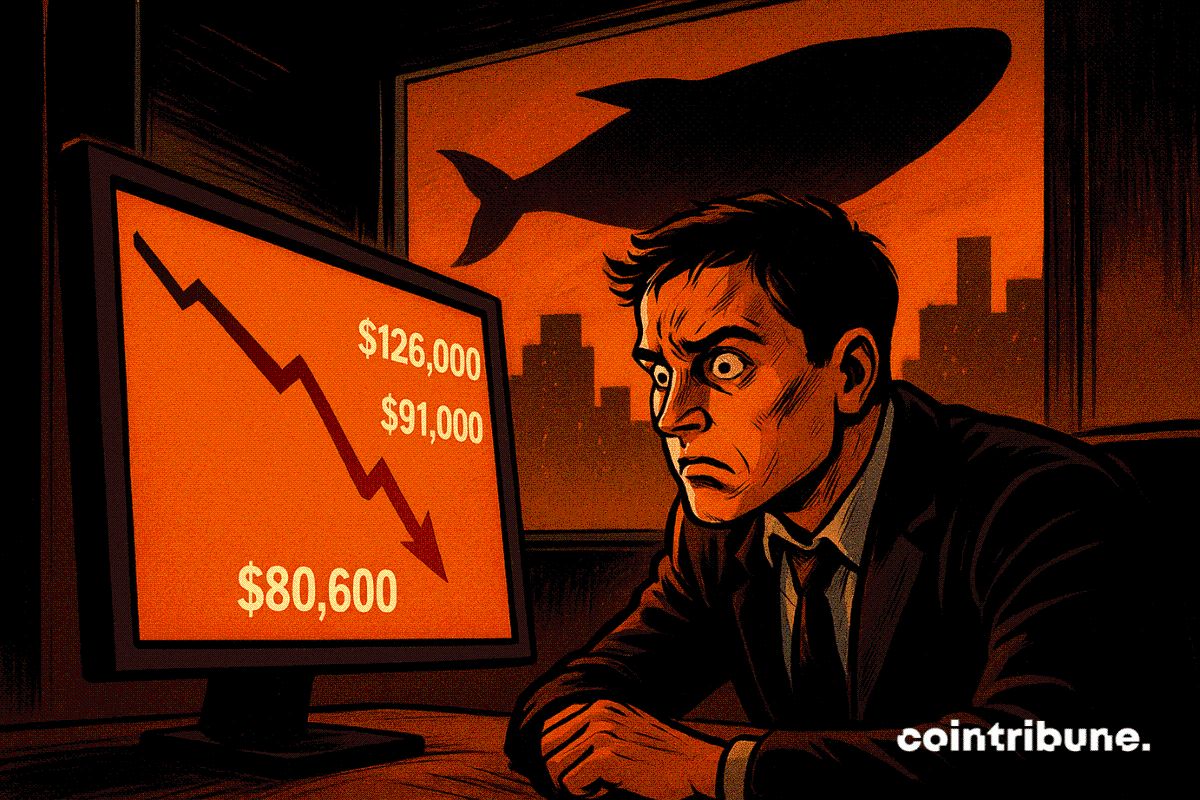BlackRock's BUIDL token first to go live on Securitize's new platform for minting 'synthetic dollars' while still earning RWA yield
Quick Take Securitize has introduced a new way to gain liquidity from real-world assets while still earning yield called the “sToken.” The token architecture, which uses the ERC-4626 standard, was built in collaboration with makers of the deUSD synthetic dollar, Elixir. BlackRock’s BUIDL token will be the first token issued by Securitize to be part of this “deUSD RWA Institutional Program,” with other assets planned to be introduced later.

Tokenization firm Securitize has introduced a new way to get liquidity from real-world assets while still earning yield via its novel "sToken.” The token architecture is the product of collaboration between the company’s Securitize Credit subsidiary and "synthetic dollar" project Elixir, the companies announced Tuesday.
Based on Ethereum’s ERC-4626 token standard — an interface for launching “vaults” that represent a shared interest in yield-bearing tokens — sTokens will provide a way for institutional investors holding RWAs issued by Securitize to convert these assets into deUSD, Elixir’s decentralized U.S. dollar token, while still earning yield from their investments.
In other words, the joint “deUSD RWA Institutional Program” program opens up a path for token holders to put their assets to work, specifically in the form of a “composable” token that can be put to work across the DeFi sector, without losing out on capital generated by tokens like BlackRock's tokenized Treasuries fund BUIDL.
The move is the latest show of the rapid experimentation across the blockchain-based tokenization subsector and a signal of its growing functionality. Some of the world’s largest financial institutions — from BlackRock to KKR and UBS to HSBC — are looking to blockchain to reinvent how assets are issued, transferred and used.
Tokenization offers users new ways of deploying assets and new ways of potentially earning returns. In theory and increasingly in practice, blockchains improve the efficiency of sending value around the world, settling transactions and democratizing who can enter markets.
“However, widespread adoption of RWAs has been hampered by significant legal and technical challenges, including regulatory restrictions on transferability and limited DeFi integration,” the companies wrote in their statement. “We believe the next phase of RWA TVL growth requires compliant liquidity and composability solutions for these assets.”
The sToken program will initially be limited to accredited holders of the BlackRock USD Institutional Digital Liquidity Fund (a.k.a. BUIDL token), with support planned for other assets including Hamilton Lane’s SCOPE fund to come. BUIDL, backed by short-term U.S. Treasuries, is the largest onchain money market fund with over $520 million of assets.
“For the first time ever, holders of tokenized real-world assets can natively use their assets onchain in DeFi, accessing unified liquidity via deUSD,” Elixir founder and CEO Philip Forte said in a statement, noting deUSD provides a solution for Securitize users who want to put their capital to work but may be hampered by legal considerations around BUIDL.
As part of the arrangement, Elixir will hold a derivative of BlackRock’s BUIDL token called sBUIDL minted by Securitize users. The project notes that Elixir benefits from “sticky TVL growth driven by large, diverse Securitize customers” and the broader distribution of deUSD across multiple chains.
In October, BlackRock, Securitize and Circle partnered so that BUIDL holders can sell their shares to Circle and receive USDC and use Circle’s smart contracts to move BUIDL onchain.
Currently users of the Arthur Hayes-backed project Elixir supply ETH to a contract it dubbed the “Apothecary” to mint its dollar-pegged token and earn points known as “Potions.” Securitize minters won’t earn these points, meaning there is no “dilution or additional liquidity and backing risks” on Elixer’s end, the project noted.
Disclaimer: The content of this article solely reflects the author's opinion and does not represent the platform in any capacity. This article is not intended to serve as a reference for making investment decisions.
You may also like
How much is ETH really worth? Hashed provides 10 different valuation methods in one go
After taking a weighted average, the fair price of ETH exceeds $4,700.

Dragonfly partner: Crypto has fallen into financial cynicism, and those valuing public blockchains with PE ratios have already lost
People tend to overestimate what can happen in two years, but underestimate what can happen in ten years.

Balancer Rallies to Recover and Redistribute Stolen Funds After Major Cyber Attack
In Brief Balancer plans to redistribute $8 million to users after a massive cyber theft. The recovery involved crucial roles by white-hat researchers rewarded with 10% incentives. Unclaimed funds will undergo governance voting after 180 days.

Bitcoin Faces Renewed Selling Pressure as Whale Deposits Spike and Market Fear Deepens

